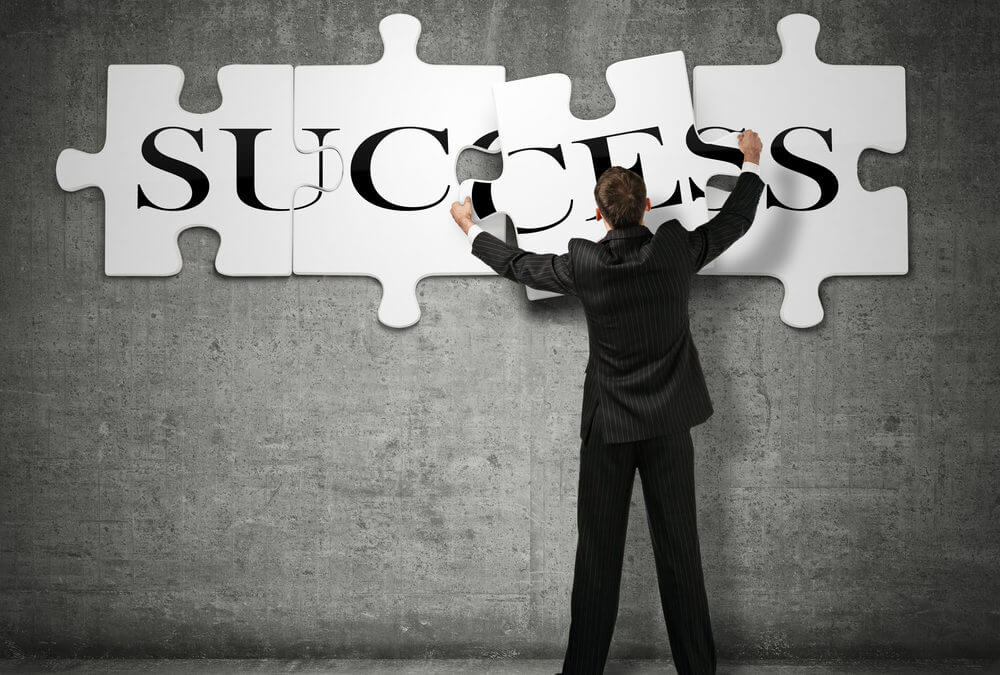What is Customer Success?
One term that repeatedly pops up these days is “Customer Success”. While I had noticed the term appearing in some organizations, I hadn’t seen it used much until recently. Now many companies have individuals and departments that carry the title “Customer Success”. Over the last couple years, I explored this topic to determine what this really means for companies and their customers. There was and still is a lot of confusion regarding the term. There doesn’t seem to be a solid definition of what Customer Success is nor of the job roles that are defined by it. If we cannot define it, how do we determine if we are successful at “Customer Success”?
Does a happy customer constitute “success”? What does “happy” mean? Does a quiet customer mean that they are successful? Does a noisy customer mean that you are unsuccessful? If you’re working escalations on behalf of a customer, does that mean failure? Is customer success simply selling more? Can we have a successful customer & an unsuccessful (unprofitable?) business relationship? Do we want that?
Since the meaning of “success” is so unfocused in this context, I propose that we start by using the definition of “happiness” according to Merriam Webster: either “(a) a state of well-being and contentment or (b) a pleasurable or satisfying experience”. I think that both apply when we talk about the customer experience. A state of well-being could mean that our customer is getting tangible value from what we have to offer. That would not apply if our product or service was having many issues or if the actual product deliverable didn’t align with expectations when purchased. Note that it doesn’t mean that our solution is trouble-free and sometimes our biggest advocates are those who have walked through the fire with us. They key is how we manage the situation while we are “in the fire”. I also like the concept of a “satisfying experience”. We can all relate to the sense of confidence and joy we get if something goes according to or (even better) exceeds our expectations.
I hope you see the key word here: expectations. If we fail miserably delivering what is expected by our customer, then we can end up with a “walkaway angry” customer who will dump our solution and move to a competitor as soon as they are able. Moreover, they are probably letting everyone know about their subpar experience. On the flip side, the “gushing promoter” believes that we are delivering more than expected and tells everyone that they know about how great their experience is.
These two endpoints define a customer happiness continuum. Everyone who delivers services & support fully understands the highs, lows, frustrations and satisfaction that comes as we deal with situations each day. While we may have difficulty measuring happiness, we can intuitively place our customers somewhere on the line.
Here’s something to ponder: Can we have customer success without company success?
Join us next time while I explore this question and introduce a model that will help us to understand what Customer Success really means.
To keep up with all of Source’s latest news and conversation, follow us on Twitter, Facebook, or LinkedIn


